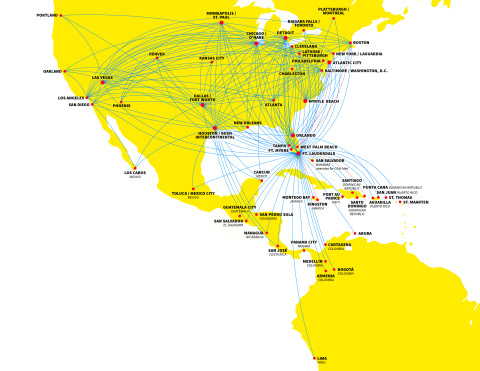
One of my H-1B clients is often on the go. He travels to customers all over the United States. USCIS classifies him as a “peripatetic” employee, recognizing the significance of his mobility to do his job.
H-1B employee mobility makes USCIS uncomfortable.
In fact, on April 9, 2015, the USCIS Administrative Appeals Office (AAO) set a new precedent via the Matter of Simeio Solutions LLC. The AAO determined that a worksite relocation outside of the intended area of employment on the original H-1B petition qualifies as a material change to the petition. H-1B employers are now required to file an amended petition for the employee before placing them at the new worksite. The U.S. Citizenship and Immigration Services finalized guidance based on the Simeio Solutions decision in a Policy Memorandum issued on July 21, 2015.
Where a new Labor Condition Application (LCA) used to suffice with a new worksite, H-1B employers are now required to file an amended or new H-1B petition as well. As you can imagine, this creates a lot of paperwork and increases costs for H-1B employers. There are some exceptions to the ruling though:
- Same “intended area of employment” – If the H-1B employee is moving to a new position within the same metropolitan statistical area (MSA), no amended petition is necessary. The employer is required to post the original LCA at the new worksite as usual.
- Short-term placements – In certain cases, an H-1B employee can work at a new location for up to 30 days or in some situations up to 60 days without necessitating a new LCA. In those cases, no new or amended petition is necessary.
- Non-worksite locations – H-1B employees traveling for a development activity such as a conference or seminar, and those who spend little time at any one location are exempted from the need for a new or amended petition. And peripatetic employees like my client are exempt if they spend no more than 5 consecutive workdays at the worksite location in any one visit.
Employers who have relocated H-1B employees not covered by the exceptions above need to prepare amended or new H-1B petitions. The Simeio decision is effective.
- For H-1B employees relocated to a new worksite on or before April 9, 2015, employers must file a new or amended petition by January 15, 2016. Any employer who has received an intent-to-revoke notice due to the lack of amended petition may avoid revocation by filing the petition by this date.
- For H-1B employees placed at a new worksite between April 9 and August 19, 2015, employers must file a new or amended petition by January 15, 2016 to be considered timely and to avoid adverse action.
- For H-1B employees to be placed at a new worksite on or after August 19, 2015, employers must file a new or amended petition before employee starts working there.
If the rules seem complicated, that’s because they are. Compliance requires some thought, creativity, and careful management.
For my peripatetic client, we filed an amended H-1B petition and 3 LCAs: one for his main base and two for large customer worksites where he spends lots of time. As long as he doesn’t work anywhere else for more than 5 consecutive days, he and his employer should be in compliance with the new ruling.
If you have assigned H-1B employees to new locations or are planning to, or have peripatetic H-1B employees, please reply to this email or call me at 630-262-1435 so I can help you stay in compliance.
